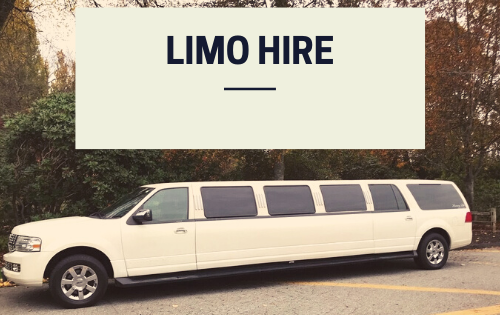
Provisional Patent: The First Step to Patenting an Idea
The first step to patenting your invention is to come up with a great idea. Inventions can take many forms: a new piece of hardware, software, business process or a new method or system. You don’t need to be an inventor to get started — just a person who has an invent idea that could make money and benefit society.
Inventors can protect their ideas by filing for a provisional patent. This is a patent application that provides legal protection for an idea, but it doesn’t actually issue as a real patent. Instead, the inventor has one year to file for a utility patent, which is the real deal.
Here’s how it works:
1. The inventor files an application with the U.S. Patent Office to cover an invention that hasn’t been made public yet (this is called “secrecy”).
2. The application is kept secret from everyone except those who work at the Patent Office.

3. A full-fledged patent application must be filed within one year of filing the provisional one (or else the provisional becomes invalid).
4. The patent application is reviewed by the U.S. Patent Office, which determines whether or not it’s allowable and how much it will cost to obtain a patent.
5. If all goes well, the inventor receives a utility patent for his idea that provides legal protection for one year from this date (this date is called “issue”).
What Is A Patent?
A patent is a legal document that gives the inventor ideas or products the right to stop others from making, using or selling it. The term “utility patent” is often used to refer to patents on inventions. A utility patent lasts for 20 years from the date of issue (or until another company files a patent application for a similar invention).




